The new numbered Air Force will lead operations in the information domain.
Russia is targeting US elections. Hackers claiming allegiance to the Islamic State are going after US Central Command’s social media. China is using computer espionage to steal and possibly alter sensitive data.
Against the ever-evolving backdrop of conflict in the digital era, the Air Force is stepping up efforts to explore and exploit cyberspace, the electromagnetic spectrum, and even the weather—further blurring the line between peacetime and wartime operations.
The new 16th Air Force launched in October to bring cyber, intelligence, and other information dominance operations together under one roof at JBSA-Lackland, Texas.
Sixteenth Air Force combines the assets of the former 24th and 25th Air Forces, which respectively oversaw cyber and ISR operations, along with electronic warfare, cryptology, psychological operations, the 557th Weather Wing, and the Air Force Technical Applications Center, which uses its own set of sensors to monitor nuclear treaty compliance.
“It will generate unmatched capabilities … at a speed and scale like you’ve never seen before.” Air Force Chief of Staff Gen. David Goldfein
Lt. Gen. Timothy D. Haugh, who won high praise at the ceremony for his multiple leadership positions in the cyber and intelligence worlds, is 16th Air Force’s top officer. The Senate confirmed his promotion to lieutenant general Sept. 26, marking his second promotion since April.
By merging the two organizations, the Air Force aims to get a better understanding of what’s happening in the digital realm so it can more easily attack, defend against, and smoke out bad actors in cyberspace as the Pentagon turns to data- and algorithm-driven “wars of cognition.” Bringing them together opens up opportunities for collaboration between the RQ-4, U-2, RC-135, Distributed Common Ground System, cyber, and other enterprises that have been stymied in the past, say service officials.
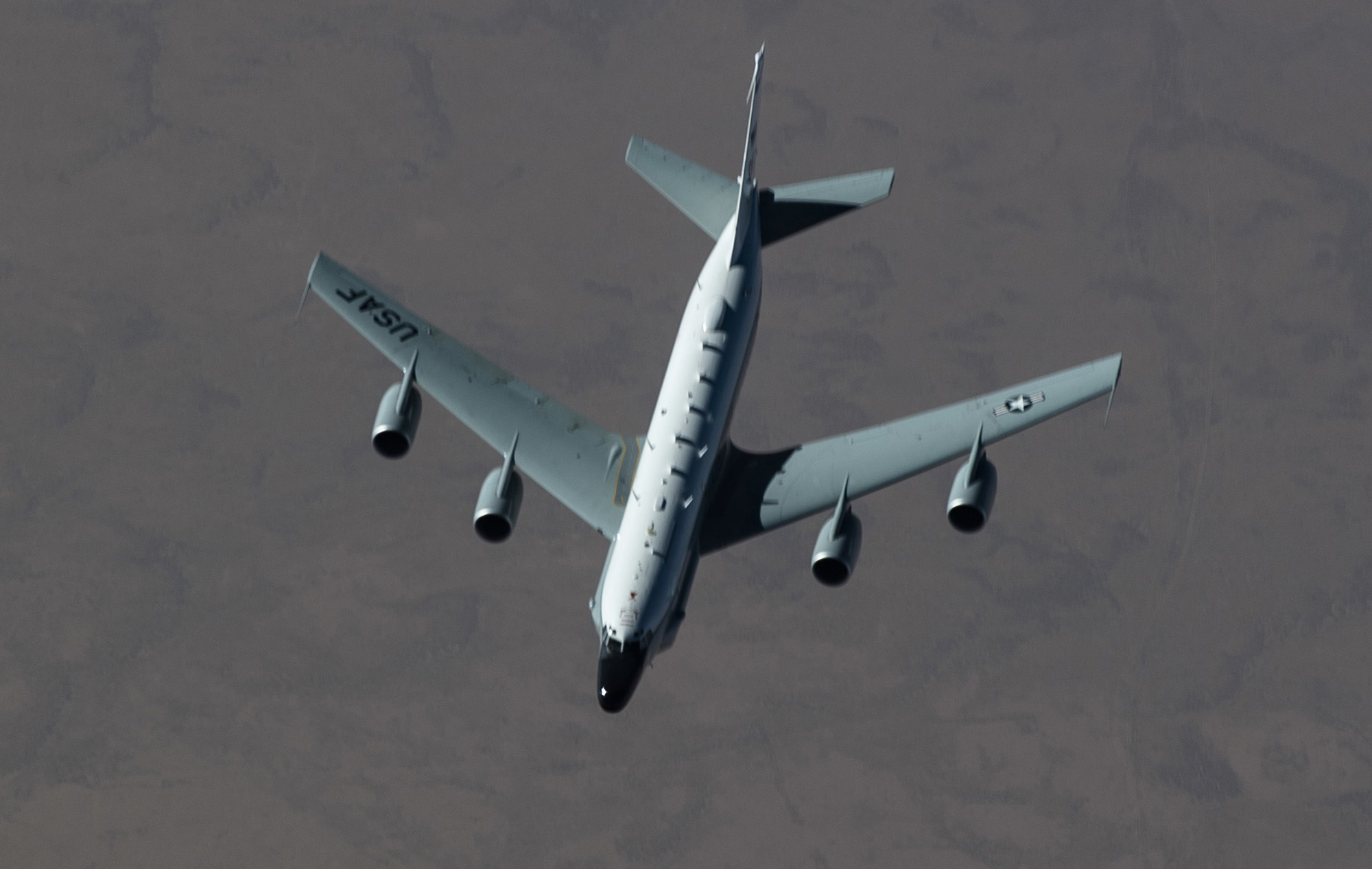
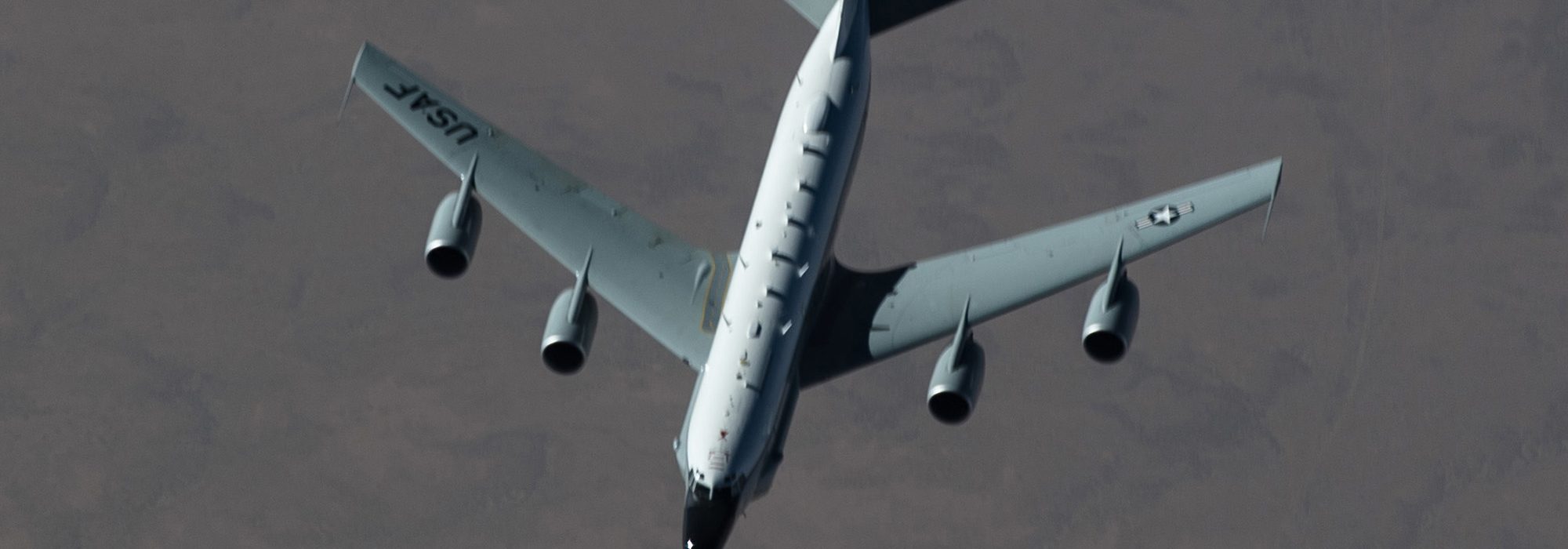
“Starting today, 16th Air Force will be the thought leaders for operations in the information domain,” Air Force Chief of Staff Gen. David L. Goldfein said. “It will generate unmatched capabilities for air component commanders and joint task force commanders at a speed and scale like you’ve never seen before.”
Haugh said his priorities include establishing clear insights into a commander’s situation, tightly integrating with other groups across the Air Force, and competing with potential adversaries while preparing to escalate into overt warfare. Goldfein told reporters that although the service must be ready to fight when needed, 16th Air Force can also leverage its intel data and nontraditional options to de-escalate potential conflicts.
The new organization will assist US Cyber Command in securing US military and domestic networks; gathering intelligence, surveillance, and reconnaissance information; launching cyberspace offensives; and planning for how their combined capabilities could help US forces avoid enemy air defenses. It will also play a role in defending the integrity of the 2020 elections.
At the activation ceremony, CYBERCOM Deputy Commander Vice Adm. Ross A. Myers noted the Air Force’s work to prepare US European Command for cyber warfare and its actions to stop interference in the 2018 midterm elections. That work set the military “on a path for the 2020 elections,” he said.
Election security is “a mission that, I … contend, will be enduring for the rest of time,” Myers said. “It is not one that will end in 2020.”
One way 16th Air Force could help deter conflict could be by publicly naming and shaming those who cause problems in cyberspace or interfere with the electromagnetic spectrum. Attribution in those domains is typically more challenging than land, air, and sea domains.
“The power of Air Force ISR to uncover adversary malign activity will create even more opportunities to expose their destructive behavior,” Haugh said. “We will remove their plausible deniability on an international stage.”
According to a 2018 Congressional Research Service report, cyberspace can help amplify information warfare, such as when social media spreads a particular narrative in a way that sows discord and confusion.
“Cyberspace operations can be used to achieve strategic information warfare goals; an offensive cyber attack, for example, may be used to create psychological effects in a target population,” CRS specialist Catherine A. Theohary wrote. “A foreign country may use cyberattacks to influence decision- making and change behaviors. … Cyber operations may be conducted for other purposes, such as to disable or deny access to an adversary’s lines of communication, or to degrade components of critical infrastructure that may be used for nefarious purposes.”
The 16th Air Force needs to come up with coherent operational strategies for peacetime and wartime, particularly focused on combating falsehoods spread by others that can confuse civilians and complicate military considerations, according to retired Lt. Gen. Dave Deptula, dean of AFA’s Mitchell Institute for Aerospace Studies and former USAF deputy chief of staff for ISR.
“We need better integration of perception management and information operations coupled with lethal and nonlethal force application,” he said. “Consider establishing regional ‘Information Operations Centers,’ as we have built air, land, and maritime operation centers, to monitor the information disseminated by every country/key organizations in every combatant command and act to counter … information that is not correct.”
Theohary notes concerns that such operations can spill over into misinformation and disinformation, and that some “worry that the military should not be involved in the production of propaganda.”
The US is not alone in pursuing information warfare strategies, whether to precede armed conflict or to score wins without using physical force.
“Other countries and terrorist organizations have robust information warfare strategies and use a whole-of-government or whole-of-society approach to information operations,” Theohary said. “For example, the Russian concept of IW describes preemptive operations to achieve political goals and to control the information space, deploying all elements of society to include patriotic hacker groups and private citizens.”

In an Oct. 11 briefing with Goldfein, reporters, and other visitors, 16th Air Force wing commanders said their combined capabilities can inform the service about what other countries’ integrated air defense systems can do and offer ways to target them. Degrading IADS are a key consideration in future combat with Russia, China, and other sophisticated nations.
Commanders also said new cyber “munitions” will benefit from a closer relationship with ISR, and said an electronic warfare suite in development will allow the US to get closer to its targets. Col. Gavin P. Marks, commander of the 55th Wing, said his unit, which operates a range of niche ISR aircraft, stood up a team to pursue its own defensive cyber capability. Col. Brian D. Pukall, commander of the 557th Weather Wing, expects working in tandem with ISR forces will help the wing improve its ability to forecast weather conditions.
More than 33,000 airmen now work for 16th Air Force, spread across 10 organizations and its headquarters. Those include: the 9th Reconnaissance Wing at Beale AFB, Calif.; 319th RW at Grand Forks AFB, N.D.; 55th Wing and 557th Weather Wing at Offutt AFB, Neb.; 70th ISR Wing at Fort Meade, Md.; 67th and 688th Cyberspace Wings at JBSA-Lackland; 363rd and 480th ISRWs at JB Langley-Eustis, Va.; and AFTAC at Patrick AFB, Fla.
“The fundamental elements that will drive the 16th Air Force to success are resident in its component wings and subordinate organizations,” Deptula said. “However, the key to their optimization will be a unifying vision, architecture, and enterprise-wide approach to actualize information as the dominant factor in warfare of the future.”
He believes 16th Air Force should be a stepping stone toward something larger: a major command for information operations, on the scale of Air Force Global Strike Command or Air Mobility Command, “as soon as [the service] creates the robust information grid to underwrite the combat cloud warfighting paradigm.”
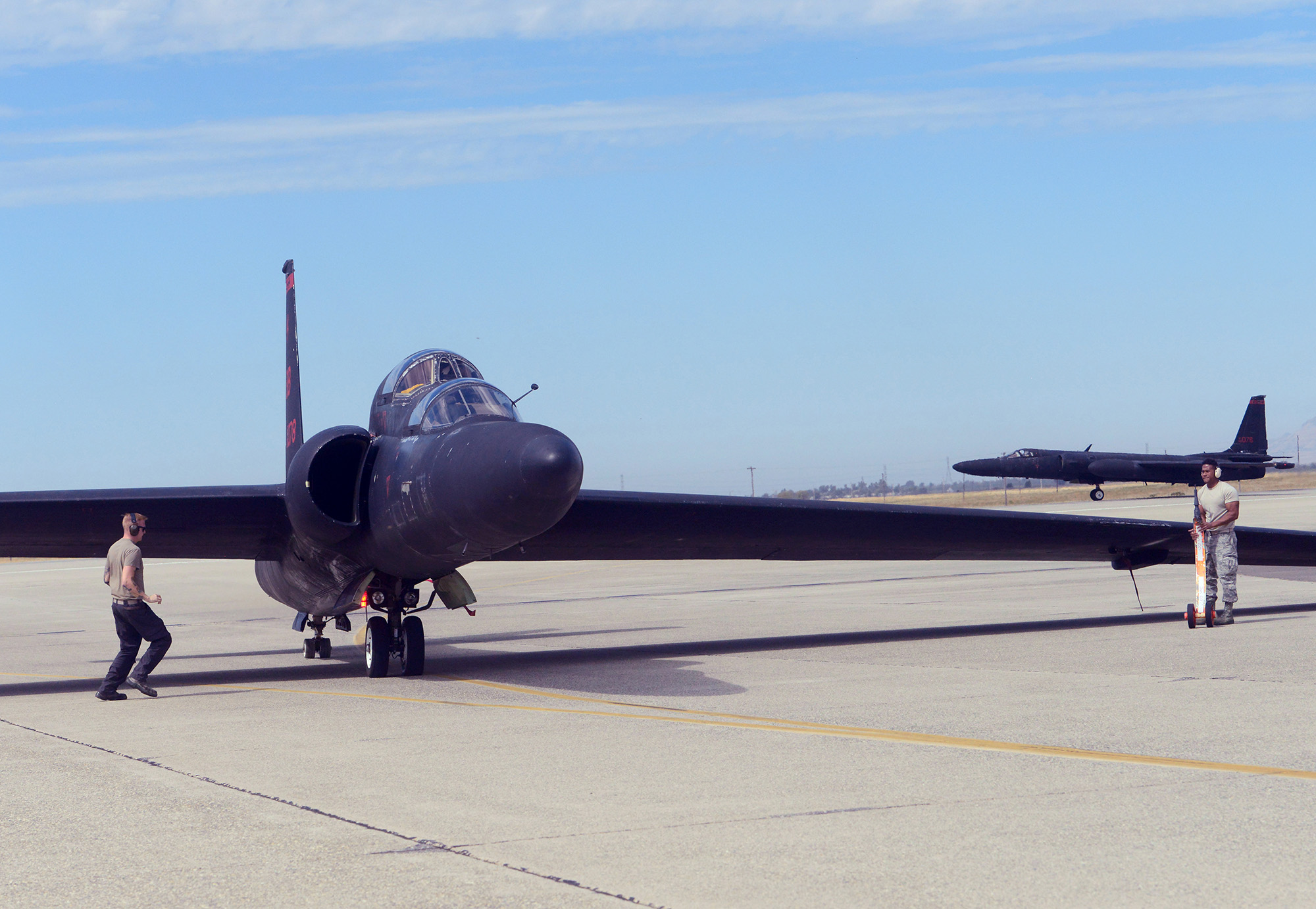
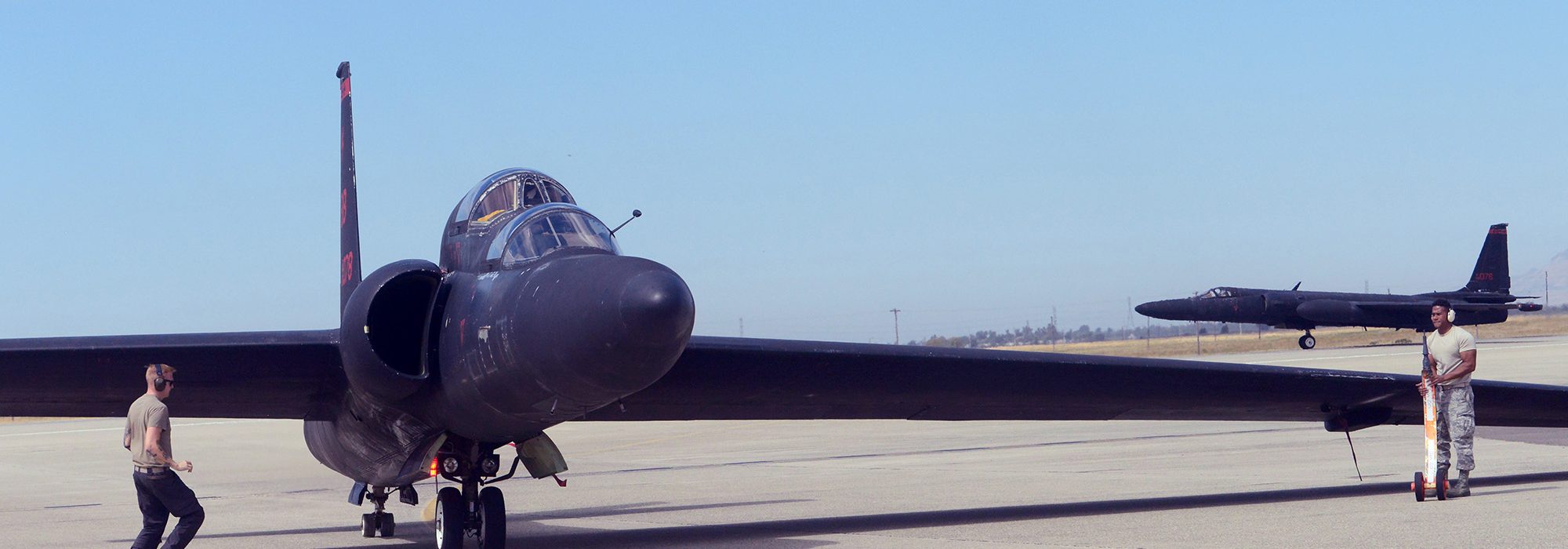
Risks vs. Rewards
Whitney N. McNamara, a senior analyst at the Center for Strategic and Budgetary Assessments, told Air Force Magazine that while she’s not opposed to grouping the various capabilities, doing so can make the service more likely to “gloss over” each component’s shortcomings.
“Services are increasingly grouping their information capabilities, but that usually doesn’t change the dynamic where the focus is on cyber to the detriment of other traditional components of information warfare, like [command, control, communications, computers, intelligence, surveillance, and reconnaissance] and electronic warfare,” she said.
McNamara argues large gaps still exist in electromagnetic spectrum operations, partially because of how the career field handles personnel and training. The service acknowledges electronic warfare will be a key part of future combat and recently conducted a yearlong enterprise study on the subject.
“The time officers in the EW community spend in EW positions is a very small fraction of their overall career, attenuating the impact of the already little-existing EW training and professional education efforts there are,” McNamara said. “There is no professional development path for electronic warfare officers either, so we lose that expertise as officers get promoted.”
Another hurdle 16th Air Force faces is allocating its time and resources to address growing cyber and ISR needs around the world, including for CENTCOM’s enduring wars in the Middle East, US Africa Command’s burgeoning requirements, US European Command’s attempt to rebuff Russian incursions into Eastern Europe, and US Indo-Pacific Command’s work to monitor China’s influence and advances in that region.
Inherent in the challenge of moving forward under the NAF will be establishing new authorities and classification norms that allow those enterprises and the broader intelligence community to work more closely together. Related efforts across the service are working to harness a wider variety of information, such as social media posts, in new ways and open it to more people within the service, in other parts of DOD, its allies, and the Intelligence Community.
“They have to actually change the intelligence classification paradigm of ‘need to know’ to ‘need to share,’ particularly in building a new construct of information warfare where allies will be absolutely critical in meeting our security objectives,” said Deptula.
It will be the Defense Department’s Joint Requirements Oversight Council, led by incoming Vice Chairman of the Joint Chiefs of Staff USAF Gen. John E. Hyten, to handle cyber and ISR integration and development across the services. But 16th Air Force must still “conceive, design, and establish just what those capabilities should be,” with interoperability in mind, Deptula said.
McNamara believes the Air Force—and DOD—should invest more money in training-range improvements so that air, ground, and maritime forces can adequately prepare themselves for the threats other advanced militaries can wield. Many also argue that artificial intelligence, machine learning, new data-sharing systems, and other technologies are key to successful information ops.
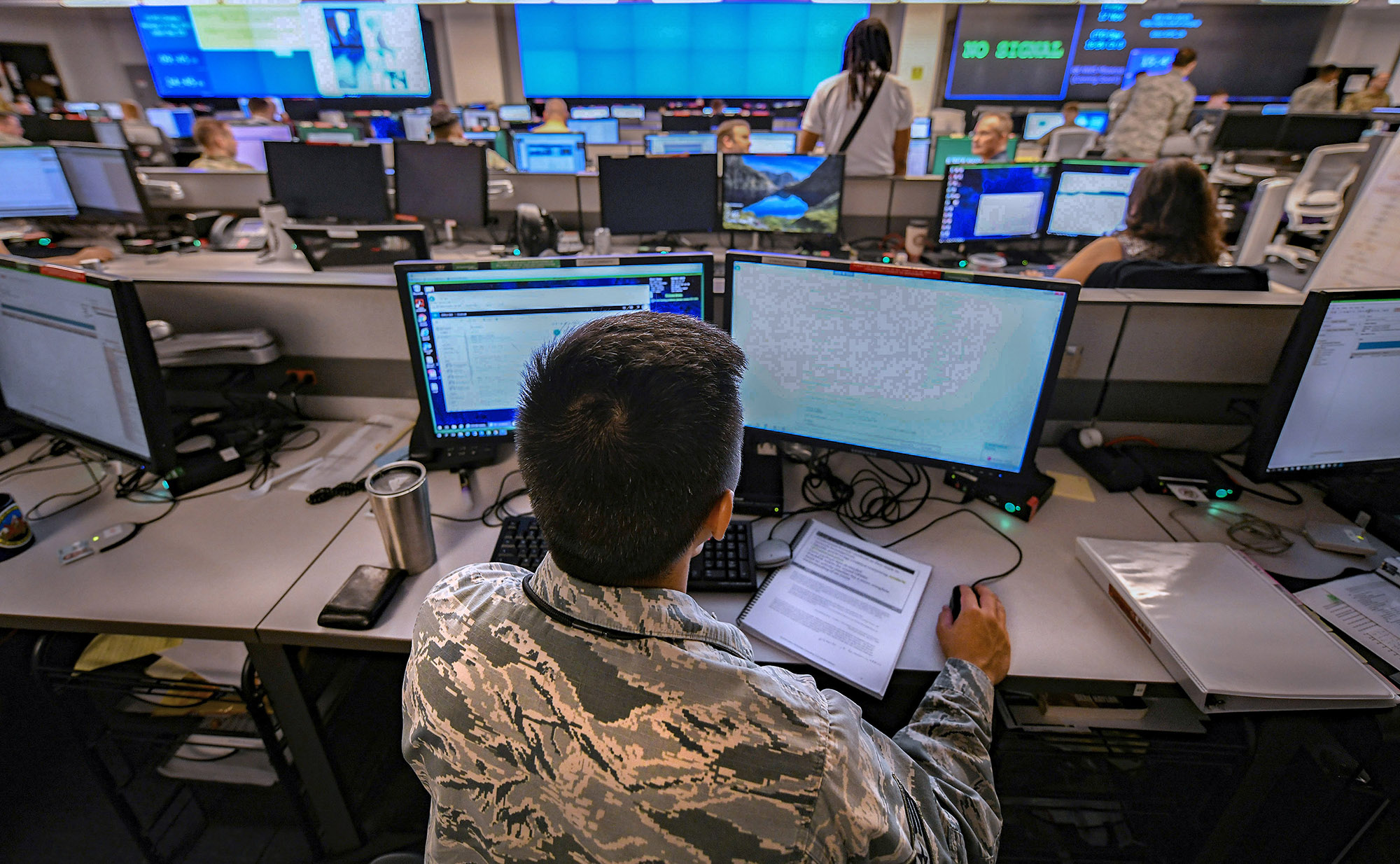
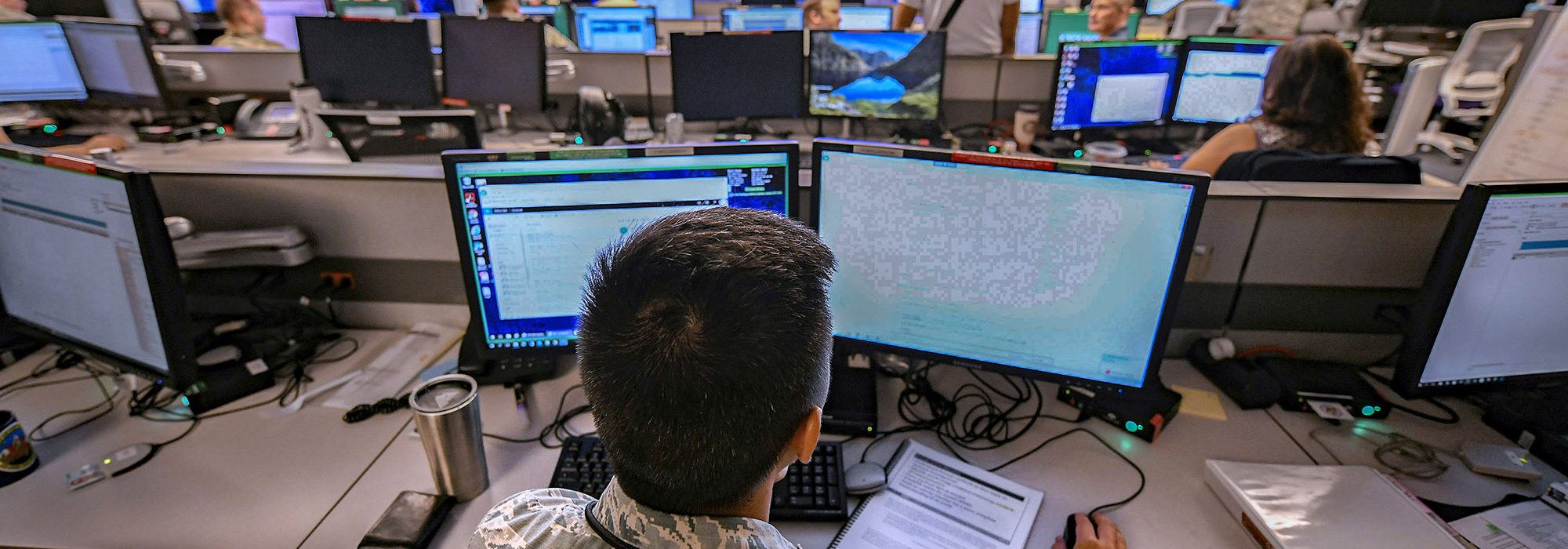
The Air Force’s information warfare architecture now mirrors that of the Navy, and the Army is starting to move in the same direction. While Goldfein said he won’t speak for what the Army should do, he noted the Defense Department is starting to think about integrated information ops as a bigger part of the broader combat picture.
He sees 16th Air Force as one aspect of a larger push toward multi-domain operations, enabled by more comprehensive information and faster networks that allow new combinations of military systems to share data and launch offenses and defenses across air, land, sea, space, and cyberspace. Air Force investments aim to move the service closer to that vision and can benefit 16th Air Force’s missions as well.
“Perhaps our adversaries are watching and listening today and taking note of where we’re headed,” Goldfein said. “I’m OK with that. … If we’re successful, perhaps our enemies will pause and question whether they can achieve their political objectives with the use of their military power.”
Goldfein told reporters that the Pentagon has moved away from the traditional notion of conflict in phases and toward the idea of competition, both militarily and economically.
“The important question we asked was, ‘Where is [Russian President Vladimir] Putin right now in terms of his phase in cyber, and where are we?’ ” he said. “One could argue we’re in shaping, and he’s in active combat operations. The discussion of phases … actually is unhelpful.”
But even as the Air Force wants to send a clear message to Russia that its new numbered Air Force is ready to compete in cyberspace, Goldfein said the US should look to collaborate with Moscow—where it can—on issues like space, science and technology, climate change, and the Arctic.
Military-to-military relationships can stay strong even when diplomatic ties are strained, and if the Pentagon paints Russia as the enemy all the time, he said, those opportunities may disappear—pushing countries closer toward more overt or armed conflict.
“As a Joint Chief, I do want to have a balanced approach,” Goldfein said. “Let’s be thoughtful about the world as it is and how it’s going to be, and make sure that we continue to provide thoughtful options to the commander in chief. … It’s not actually written anywhere that they have to take it, and I have to be OK with that.”


